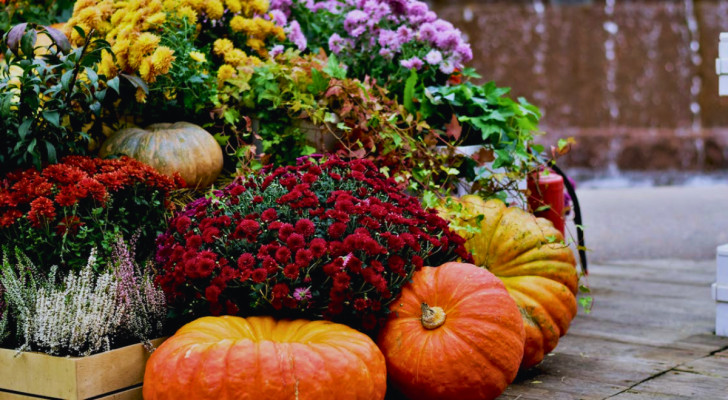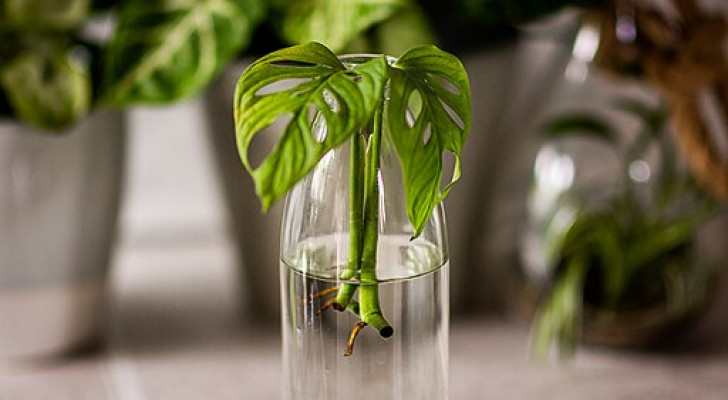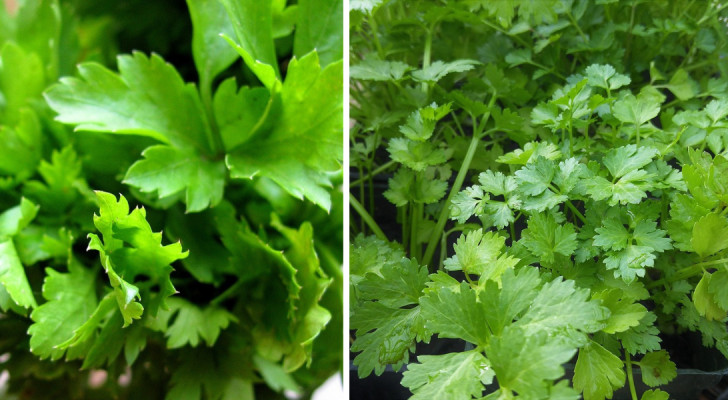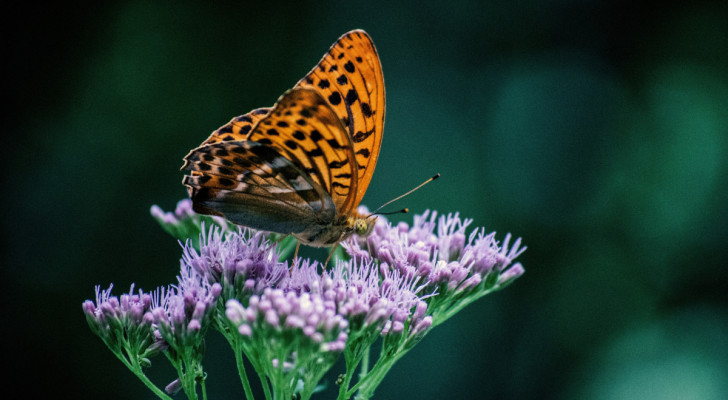Is it really beneficial to leave leaf litter on the lawn? Yes, but not all the time: let's find out what the best practices are

GoodFon.com
Leaving the leaves of deciduous trees and shrubs that drop onto the lawn is a practice that is largely beneficial for the soil - but not all the time. Whilst leaving leaf litter in place undoubtably has its advantages, in certain cases it is advisable to rake up these leaves, for example: when there are just too many leaves, if the leaves are diseased and/or they end up providing shelter to "uninvited critters". Let's check out how best to manage leaf litter in the garden:
The benefits of leaving leaf litter on the lawn
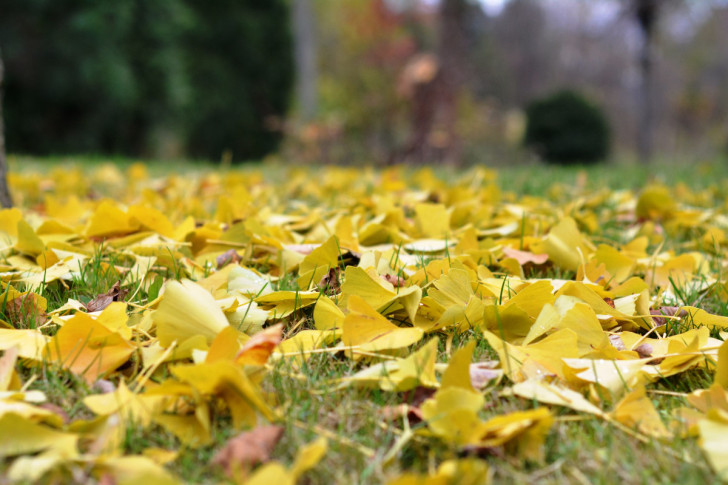
Pxhere
The benefits of leaving leaf litter on the lawn - especially in autumn and winter - are as follows:
- Contributing nutrients to the soil
Leaves decompose over time and return their nutrients to the soil, making the soil of the lawn richer, healthier and more fertile. - Provides habitats for local fauna
Leaf litter provides shelter for many creatures that populate a garden's ecosystem: insects, birds and small mammals make homes in the leaf litter, increasing the biodiversity of a garden. - Reduced environmental impact
Bags of leaves that are sent to landfills are a form of pollution (albeit organic). Decomposing leaves release methane into the air, which is one of the most deleterious greenhouse gases after carbon dioxide. If you leave leaf litter on the lawn where it falls, the formation of "concentrated" methane is notably reduced.
The "golden rule" is to leave leaf litter in place only when it forms a thin layer over the lawn. Doing so - and if the leaves are healthy - will benefit your lawn.
Cases where it's best to remove leaf litter from the lawn
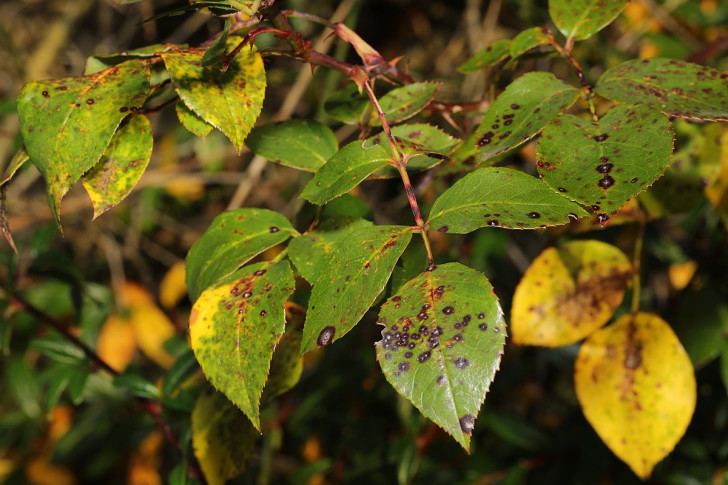
Stephen James McWilliam/Wikimedia Commons
As long as the leaves making up the leaf litter are healthy and not too numerous/thick, you can leave the litter in place. Where this is not the case, you will need to rake them up. To be specific, rake up the leaf litter:
- When the leaves are diseased: if the leaves have spots on them - black or yellow spots (that can sometimes be seen on rose leaves) or whitish patinas. Leaving diseased leaves on the lawn will cause pathogens to infect the soil and put your plants at risk;
- When the leaf litter is too thick and it is providing shelter to unwelcome creatures in the garden. A thick blanket of leaf litter creates the conditions for mold and fungi to grow and thrive. Additionally, a thick layer of leaf litter also provides shelter to rodents, snakes and many types of insects that are best not to have living near your house (think of mice and rats, for example), and/or can damage your plants (like termites, for example).
- It's also best to get rid of any rotten fruit that is mixed in with the leaf litter, as this fruit will be full of potentially harmful worms.
How to dispose of leaf litter
Where you only have to "thin out" the leaf litter - and it's not diseased or contaminated by rotting fruit - you can put the waste into your compost pile.
If the leaf litter shows signs of disease, is attracting unwelcome pests or has been contaminated by rotting fruit, it should be put into containers and bags which should then be disposed of as per municipal regulations.
In conclusion, leave leaf litter in place but check on it every week or two, intervening only if necessary.

